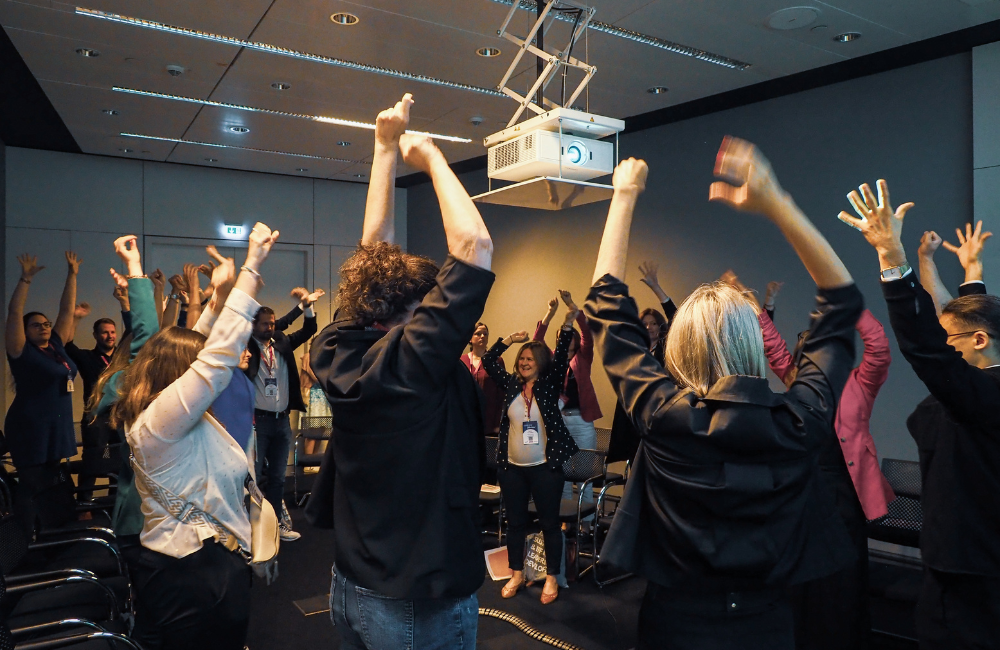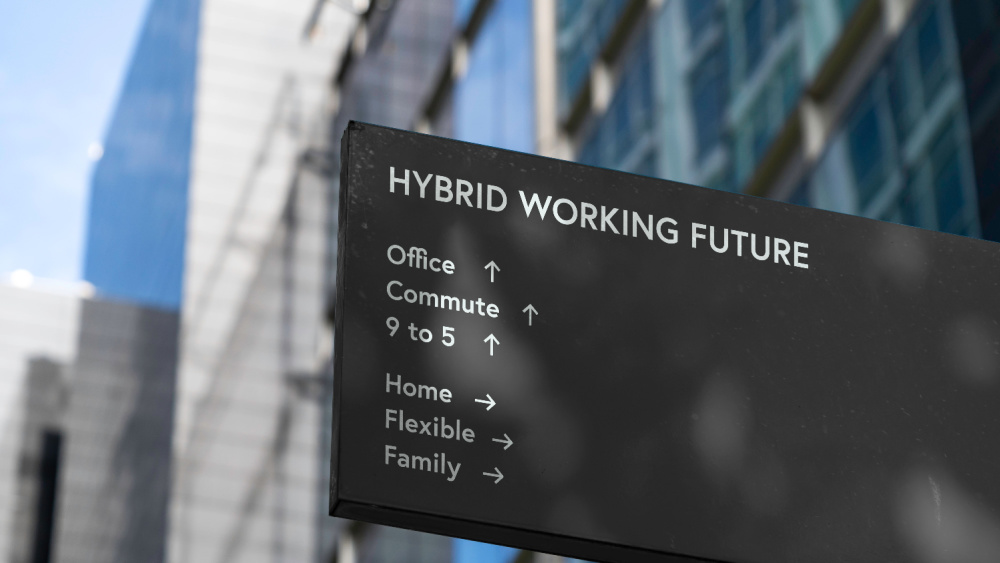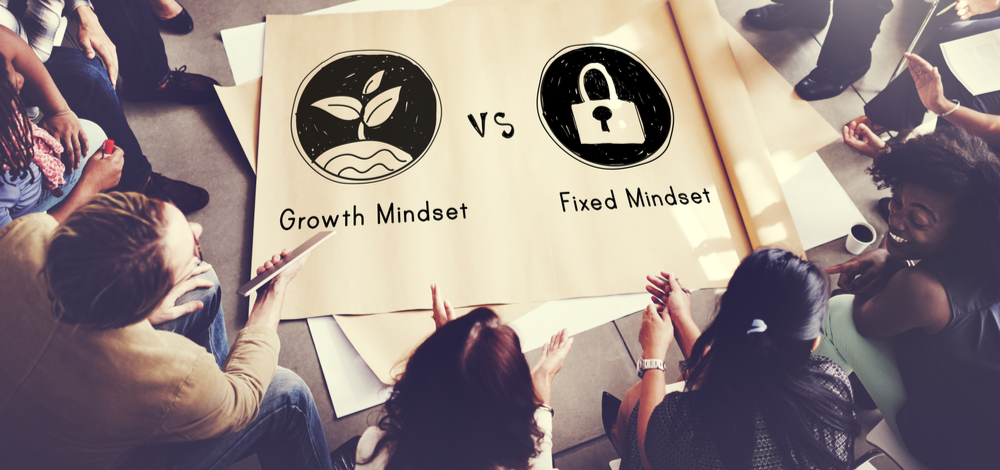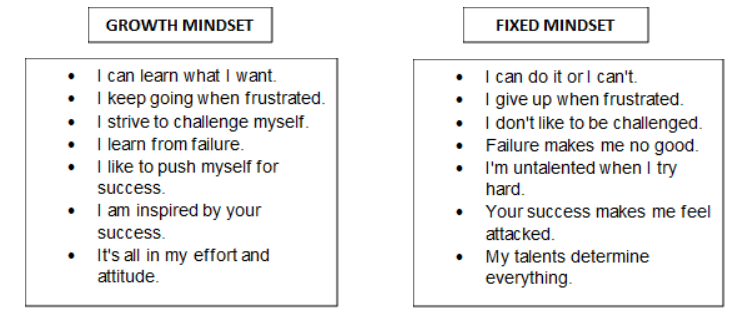
Self-Efficacy in Change: Why It Matters
Why It Matters When Transformation Gets Hard
Do you prefer to listen to this article?
Click below to access our AI-generated audio version:
Self-Efficacy: Why It Matters When Transformation Gets Hard
Change can be exhausting.
Especially when things are unclear, priorities shift, and not everything is well-designed or well communicated.
You adjust. You adapt. You cope.
Sometimes with commitment, sometimes with resistance, sometimes with quiet frustration.
In moments like these, one factor becomes especially relevant:
how self-effective you experience yourself within the change — how oriented, capable and able to act you feel.
Not because the process is perfect.
But precisely because it often isn’t.
Change is a Process — Not a Straight Line
Change and transformation don’t happen in neat sequences.
They move in a recurring cycle of:
- Making sense — understanding what is changing and why
- Focusing & aligning — deciding where to place attention and energy
- Acting & experimenting — trying things out, adjusting in motion
- Reflecting & integrating — making meaning of what happened and what it changed
At the same time, how effective each phase becomes depends largely on how people experience themselves within it.

A Self-Reflection Checklist to Strengthen Self-Efficacy in Change
If you are currently involved in or affected by a change or transformation process, these questions are an invitation to pause and explore your own experience.
1. Perception — How am I making sense of what is happening?
- What am I noticing most in this change right now?
- What interpretations am I forming, and what alternative perspectives might exist?
2. Focus — Where is my attention in relation to influence and concern?
- What am I currently concerned about that lies outside my control?
- Where do I see opportunities to act or influence within my own Circle of Influence?
3. Mindset — How am I relating to learning and uncertainty?
- What thoughts or reactions emerge when outcomes are unclear or mistakes happen?
- How might a growth-oriented perspective change the way I approach this situation?
4. Personal change preference — What do I need to stay effective?
- What kind of change energises me, and what kind of change drains me?
- What conditions would help me stay engaged and capable in this phase?
Self-efficacy doesn’t mean controlling the change or having all the answers.
It means staying connected to your own agency within the process — even when the path isn’t clear.
Change processes need structure, direction, and people who design and guide them.
They also rely on individuals who can navigate their own perceptions, focus, and mindset within that structure.
Both sides are equally relevant.
- Which of these questions resonates most with you right now?
- Where do you notice your self-efficacy strengthening — or slipping — in change?
I’m looking forward to hearing your perspective!

Anita Berger
MDI partner and trainer
















